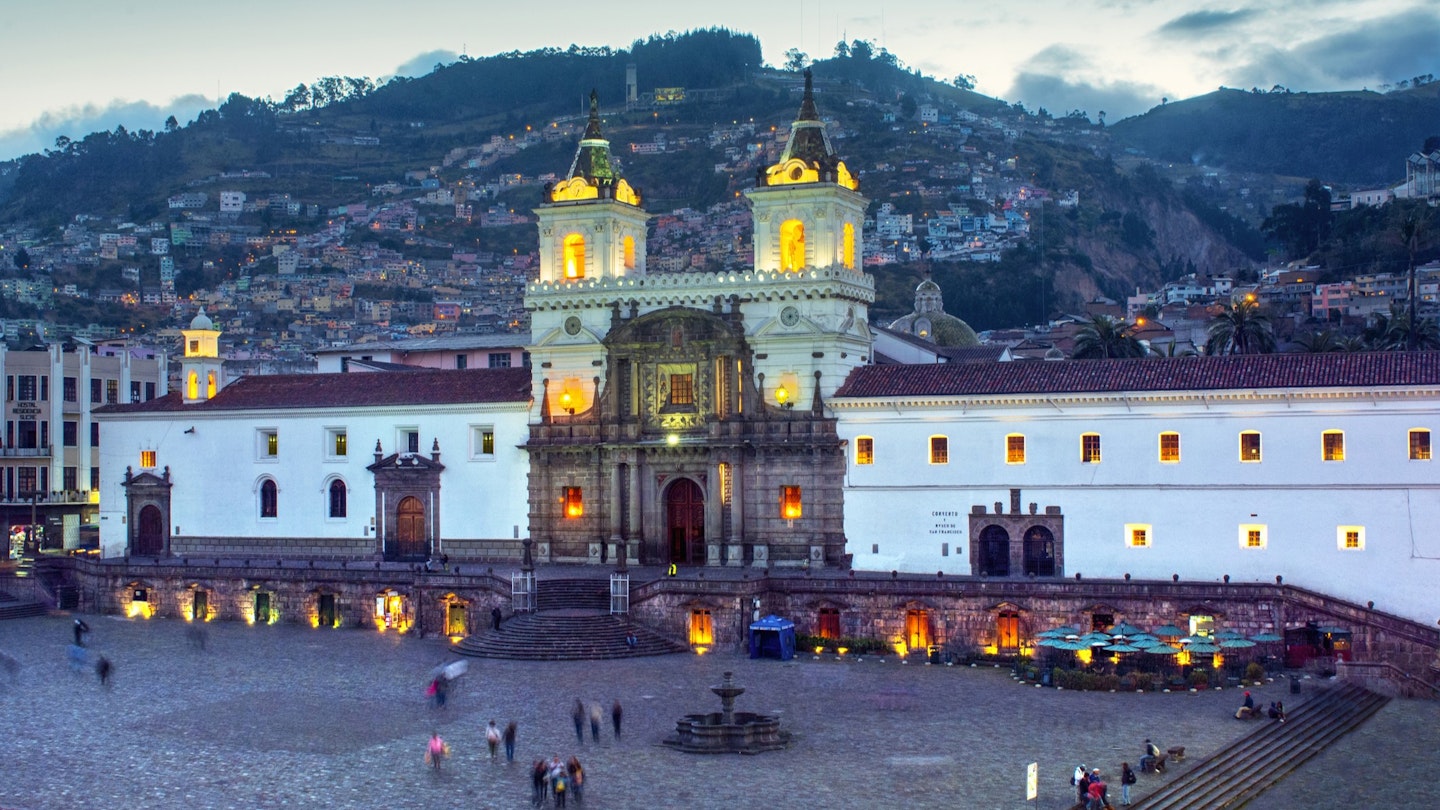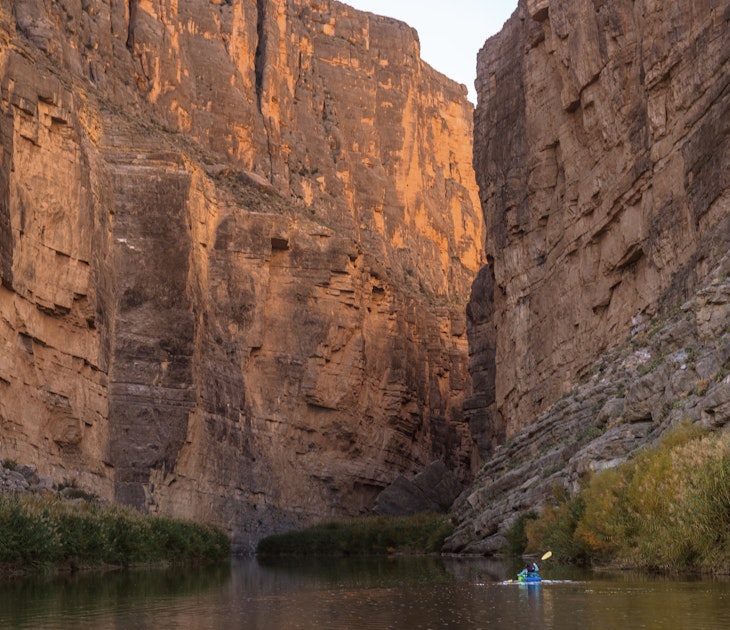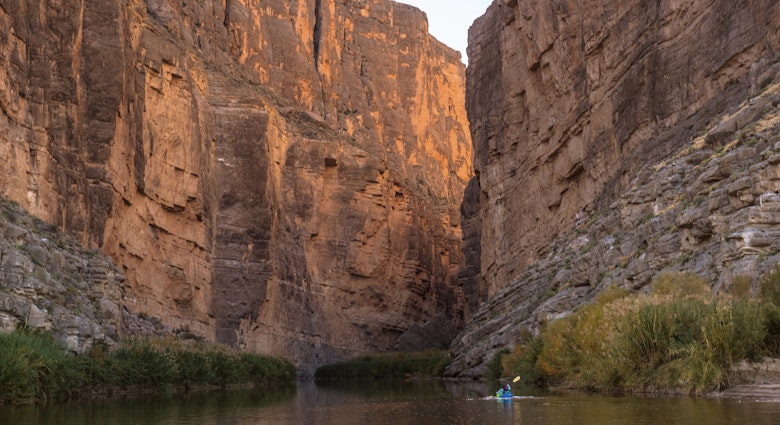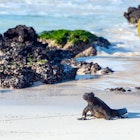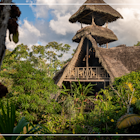Ecuador has emerged as a popular travel destination in South America, and with good reason.
With four geographic regions squeezed into a compact 283,561 sq km (109,484 sq miles), the country caters to all kinds of travelers.
Whether you’re looking for adventure in spectacular landscapes, relaxation on white-sand beaches, or cultural experiences in UNESCO World Heritage Sites, booking a trip to Ecuador will surely fit the bill.
But just like traveling anywhere, visiting this enchanting country has its own peculiarities. Here are our useful tips to help you make the most of your trip to Ecuador, one of the most biodiverse places in the world.

1. Ecuador is more than just the Galápagos Islands
Although many consider continental Ecuador a stopover on the way to the Galápagos Islands, visiting the country is well worth your time. For adroit travelers, staying in Ecuador for seven to 10 days will allow them to explore its main attractions. However, if you can stay longer, anywhere near 15 to 20 days will suffice to tour Ecuador’s most prominent cities and towns.
2. Be aware of altitude sickness
Sitting at 2850m (9350ft) above sea level, the Ecuadorian capital Quito, is the second-highest capital city in the world. This means travelers are prone to altitude sickness upon arrival — manifested through headaches, nausea and dizziness.
This can also be an issue if you visit cities in the highlands with similar elevations. If you arrive from low-altitude places, take things slow and allow your body to acclimate during your visit's first days. If you’re feeling sick, keep hydrated, and don’t exhaust yourself with excessive physical activity.
3. Despite popular belief, Ecuador is not a tropical country
Perhaps fueled by the moniker of “the country in the middle of the world,” many travelers wrongfully believe Ecuador is a tropical country and that they’ll encounter oppressively hot weather.
Though the climate will largely depend on the region you stay at, you can expect moderate temperatures. In the highlands, anticipate chillier weather and occasional rain, especially between October and April. Meanwhile, the coastal region enjoys warmer and generally steadier temperatures, although watch out for rain between February and April.
So, what should you pack for your trip to Ecuador? If you’re planning to venture into the mountains in the highlands, bring a packable jacket that keeps you both warm and dry and comfortable sturdy footwear for long walks.
If you’re staying in Quito, bring a jacket or cardigan everywhere — as you will discover, the weather can switch dramatically within minutes. You might also want to sunbathe on the shores of the Pacific coast or explore the Amazon rainforest, so don’t forget your beach essentials, comfortable clothing and a hat that protects you from the intense sun of the equator.

4. Make sunscreen your best friend
You may believe sunscreen is not a priority while visiting the Andean highlands or strolling down a colonial city, but due to its geographical location (standing on the equatorial line), sun rays shine perpendicularly in Ecuador. To protect your skin from UV rays throughout your stay, keep the sunscreen close and don’t forget to reapply it regularly!
5. Tackle the toilet paper myth
There are contradicting testimonials on the internet about discarding toilet paper in Ecuador. While many claim flushing toilet paper in Ecuador is safe, some cities and buildings (as modern as they are) don’t have adequate plumbing to guarantee you can do this without clogging the system.
The best way to solve the dilemma is to actually ask your hotel or the people in charge of the accommodation. When in doubt, always use the waste basket.
6. Tipping is a courtesy and not mandatory
The US dollar is the official currency in Ecuador, so eating out might not be as gasp-inducingly cheap as in neighboring countries. However, prices are relatively affordable compared to the US and Europe.
Generally, service is included in the bill (you’ll see a disclaimer on menus), so tipping is not mandatory. But if you’re feeling generous, leaving a tip is always a courtesy to show appreciation for the good service.
7. Don’t drink the tap water
Most urban cities in Ecuador have reliable potable water systems, so using tap water to cook and wash is considered safe.
Ecuadorians, however, will never drink tap water unless it has been purified and will mostly stick to boiling it before drinking. In rural areas, water is not necessarily potable, so opt out of drinking tap water entirely and favor boiled or bottled water.
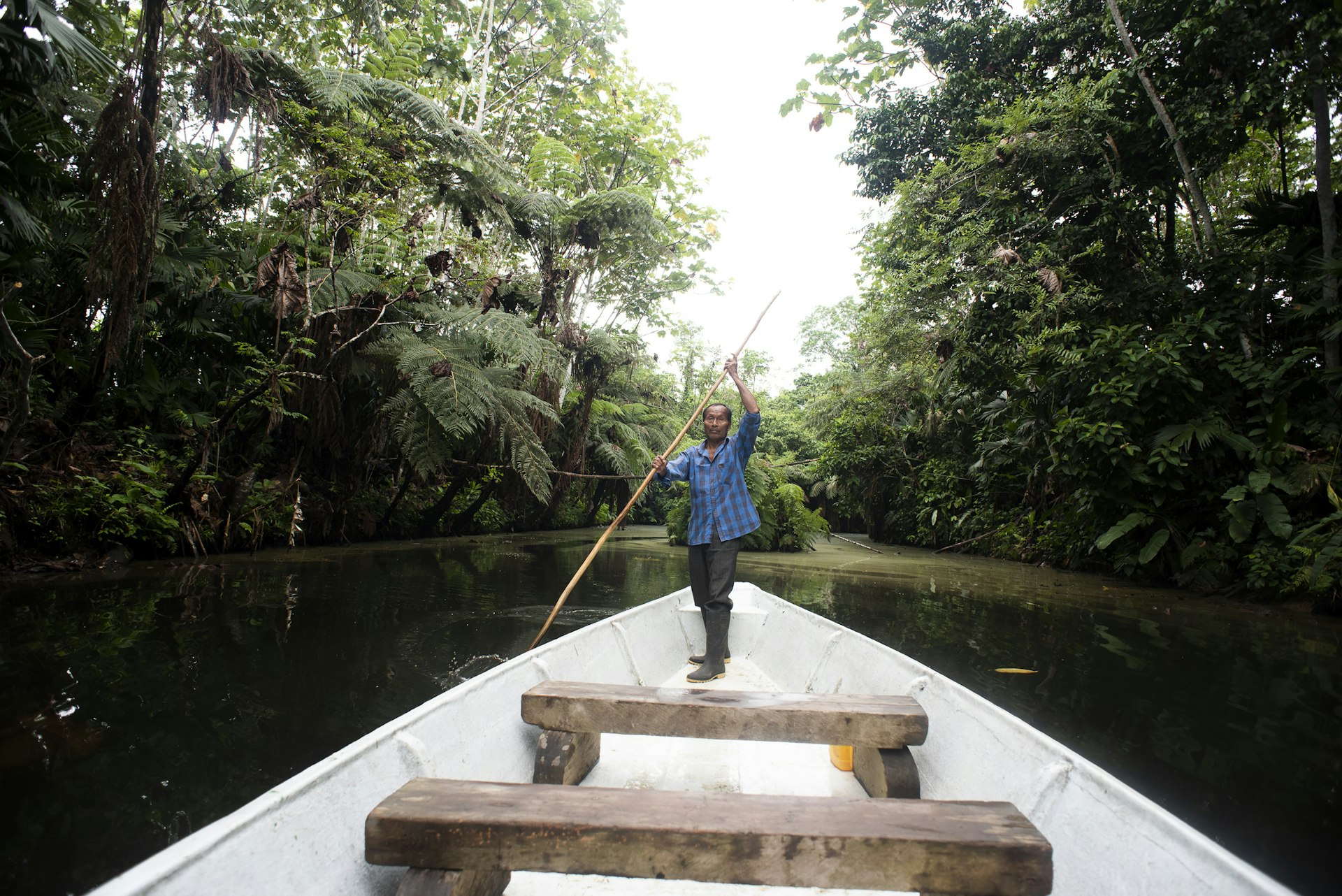
8. Learn basic Spanish phrases
While knowing how to communicate with locals is a good idea on any trip, memorizing some Spanish keywords can truly make a difference in Ecuador. Learning etiquette words such as buenos días (good day), por favor (please) and gracias (thank you), as well as useful traveling phrases, will go a long way when interacting with Ecuadorian people.
Many Ecuadorians will find ways to communicate with you even if they can’t speak your language, but don’t assume or expect them to understand you without trying to speak in Spanish.
If you lack confidence in your Spanish-speaking skills, head for Quito, a preferred destination for language learning because of quiteños’ slow and almost accentless way of speaking. Don’t be afraid to book a class or engage in Spanish learning experiences while you’re in town.
9. Violence and crime has increased
Unfortunately, over the last year, Ecuador has experienced a violent outburst of crime associated with drug cartels and transnational criminal organizations.
Violence is predominant in port cities and the coastal region, but this doesn’t mean you have to entirely rule the country out from your itinerary. People are still carrying out their daily lives, working hard to offer the best experiences to visitors.
10. Take safety precautions
While falling victim to crime can happen to anyone, being careful and taking additional precautions is always encouraged. If you travel to Guayaquil, the country’s second-biggest city and main port, and the provinces of Esmeraldas, Guayas and Los Ríos, be sure to avoid conflict areas and red zones. As a general rule everywhere in Ecuador, don’t wander alone and avoid being out late at night.
11. Be wary of overly friendly people
Traveling is synonymous with meeting new people and making friends. However, be cautious when going out, and don’t trust just anyone. Solo travelers in beach areas and the night scene should be particularly aware of common theft and robbery techniques (scams, drugs in drinks, the use of scopolamine to subdue victims).
Pay attention when meeting people. Don’t trust people who seem too eager to establish a conversation or get physically close to you for no reason. Don’t accept anything (flyers, cards etc) in the streets, and keep your valuables hidden.
12. Make basic checks on taxis and ride-hailing apps
Using apps and hailing taxis on the streets is relatively safe and affordable in Ecuador, but always check their credentials — car plates are nonnegotiable, if the car doesn’t have one, don’t get in.
If you opt for a taxi, always make sure that the meter is on when you hop in. If you’re uncomfortable with hailing taxis from the street, ask your tour guide or hotel staff for their trusted taxi or transportation companies.

